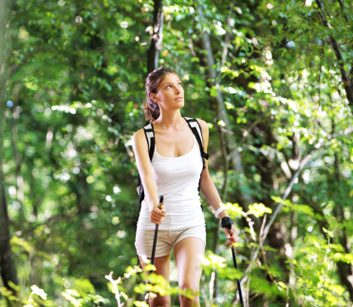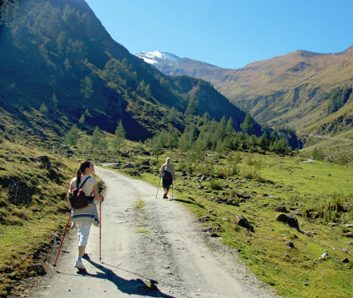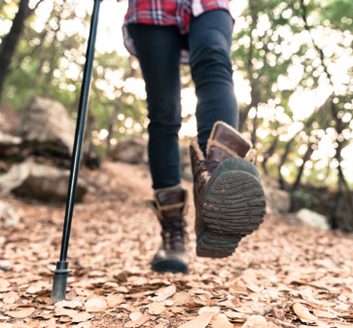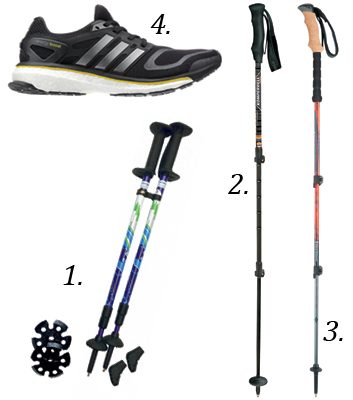
What is Nordic walking?
Also known as “urban poling,” it was created in Finland in the 1930s and has been growing in popularity in North America and Europe since the 1990s. Walkers use a pair of lightweight poles similar to cross-country ski poles (but shorter), and use 600 muscles in the entire body-burning about 400 calories an hour in the process, based on a 150-lb. woman. (Regular walking burns about 330 calories.)

What do I need for Nordic walking?
Dress as you would for a brisk walk: layers and comfortable walking shoes (waterproof light hiking boots are good for winter). Expect to pay about $60 and up for a decent pair of poles, which should be 65-70 percent of your body height. Some municipal parks & recreation departments lend poles so you can try them out.

How do I learn the basics of Nordic walking?
Take a lesson or two from an instructor certified by an organization such as the Canadian Nordic Walking Association (cnwa.info) to make sure you have the proper form. You can walk on your own, or find a group at urbanpoling.com, or through your local kijiji.ca or meetup.com listings, or local recreation centre.

Gear options
1. Urban Poling Inc. Adventure Series Poles, shown telescoped ($120, includes snow baskets and tips, pictured).
2. Komperdell C3 Carbon Powerlock Compact Poles ($115).
3. Black Diamond Trail Ergo Cork Trekking Poles ($91).
4. Adidas Energy Boost Shoes ($150).
Related:
• 4 ways to burn more calories when walking
• How to prepare for a charity walk
• 7 walking tips
